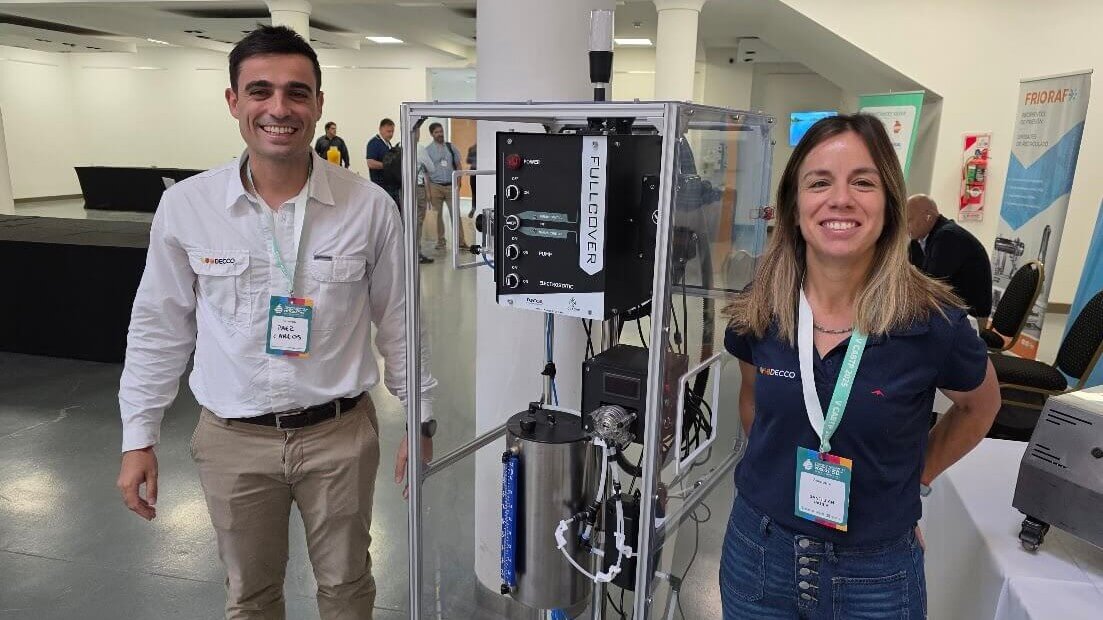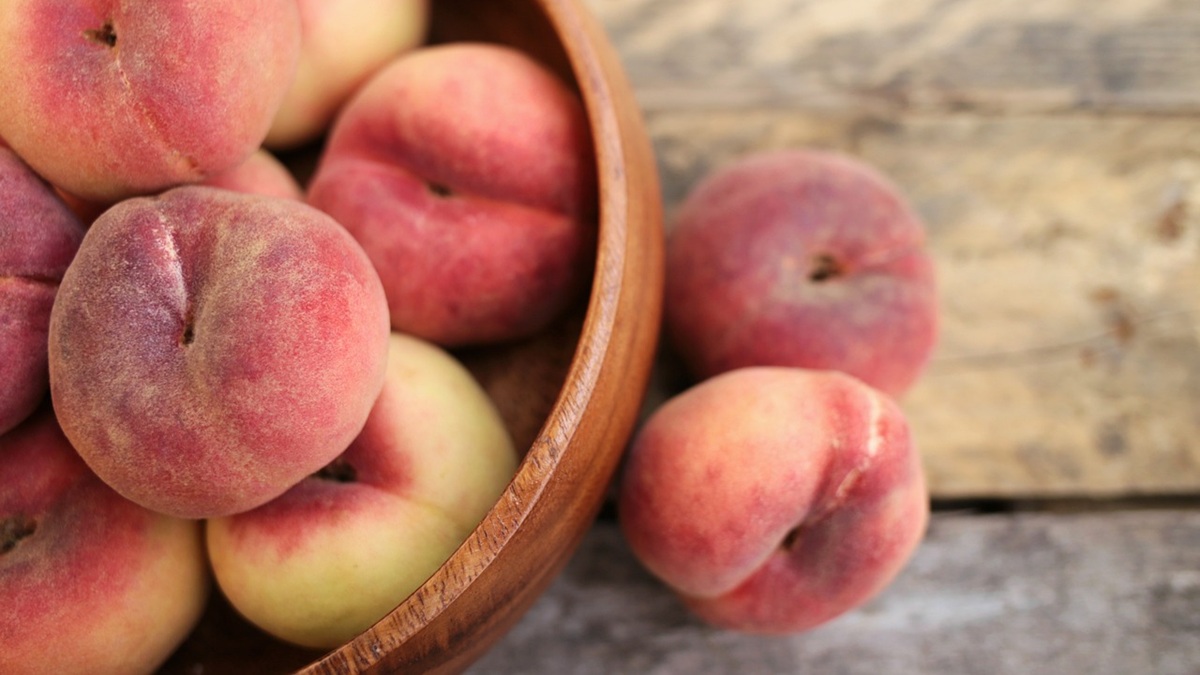Phytosanitaries
Guidelines for proper melon harvesting and post-harvesting
To obtain a quality melon that can reach the buyer's table in perfect conditions, it is necessary to take care of the cultivation process in the field and to apply the appropriate products so that the cucurbits develop properly. Guidelines for a correct handling of melons in the field Melon is a fruit that is consumed ripe, therefore it is necessary to know its ripeness index through the sugar content. However, this will vary according to the variety of this fruit planted. Melon fruits are harvested by hand, since their skin is tender and easily damaged during harvesting and conditioning. Therefore, it is necessary to take extreme care to avoid damage, loss of fruit appearance, further dehydration and rotting. Apart from this, we must take into account some indispensable factors for its correct cultivation.
02 September, 2021
To obtain a quality melon that can reach the buyer's table in perfect conditions, it is necessary to take care of the cultivation process in the field and to apply the appropriate products so that the cucurbits develop properly. Guidelines for a correct handling of melons in the fieldMelon is a fruit that is consumed ripe, therefore it is necessary to know its ripeness index through the sugar content. However, this will vary according to the variety of this fruit planted. Melon fruits are harvested by hand, since their skin is tender and easily damaged during harvesting and conditioning. Therefore, it is necessary to take extreme care to avoid damage, loss of fruit appearance, further dehydration and rotting. Apart from this, we must take into account some indispensable factors for its correct cultivation. Solar radiation plays a basic role in the development of the melon plant. In order to be able to photosynthesise, it needs the sun, but at the same time it must be taken into account that excess radiation can cause damage to the fruit. Therefore, it is necessary to find a balance with systems such as the use of plastic covers and some specific treatments. In this way, male and female flowers are obtained, which balances their production. Finally, it should be taken into account that excessive sunlight near the harvest can cause skin burns, wilted leaves and defoliation. Harvesting and post-harvesting of melonsMelon is a fruit that is consumed when ripe. Its sugar content is the main indicator of this fact, if we measure it by its soluble solids and the background colour. Harvesting is always carried out by hand to avoid damage, since its skin is tender. Also in the post-harvest process it must be handled with the utmost care, if the good appearance of the fruit is to be maintained. In this sense, it is important to maintain an optimal temperature and relative humidity to ensure that the fruit keeps its quality. It is worth mentioning that some diseases may cause important losses in the postharvest period of melons, which essentially cause rots and lesions on the surface caused by fungi such as Alternaria,, Penicillium, Cladosporium and Geotrichum. Some options to avoid this are rapid cooling, treatment with hot air or immersion in hot water. However, the best option is to use products such as Deccoshield of DECCO IBÉRICA for melon and watermelon, which is a liquid calcium carbonate sunscreen. Its use focuses on preventing sunburn and reducing stress caused by high temperatures. In this way, the plant can continue to photosynthesise and, therefore, improve its production and the quality of its fruit. Among its characteristics, the following stand out: - Helps the correct management of the plant's physiology. - Reduction of sun damage - It has the SOHISCERT organic farming certificate. - Increases production - Increases the life of the fruit in the post-harvest period. - Prevents ear and mildew - Reduces insect attack - Resists rain - Easily removed by brushing In short, with 2 or 3 passes, this product helps to prevent the melon skin from being marked when there is too much sun. Furthermore, there are tests on Deccoshield that show that it increases productivity, as water use is reduced because the plant is less hot. For its application, it is advisable to carry out the first application at the end of May, the second in June and the third in July, although each variety of melon has its own particularities. Amongst Decco's products for the care of cucurbits, Naturcover Melon, an edible coating that delays the senescence of the skin, excess yellowing and ochre coloured spots, is also worth mentioning. All of this makes the fruit appear untreated. It also prolongs the shelf life of the fruit after harvesting. In short, ensuring that melons reach the consumer's table in the best possible condition means knowing some basic details about harvesting and post-harvesting, as well as the application of specific treatments.












